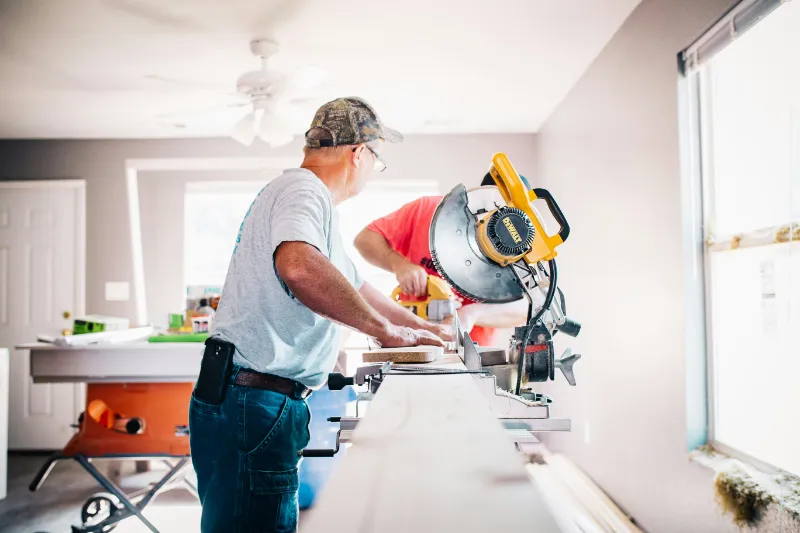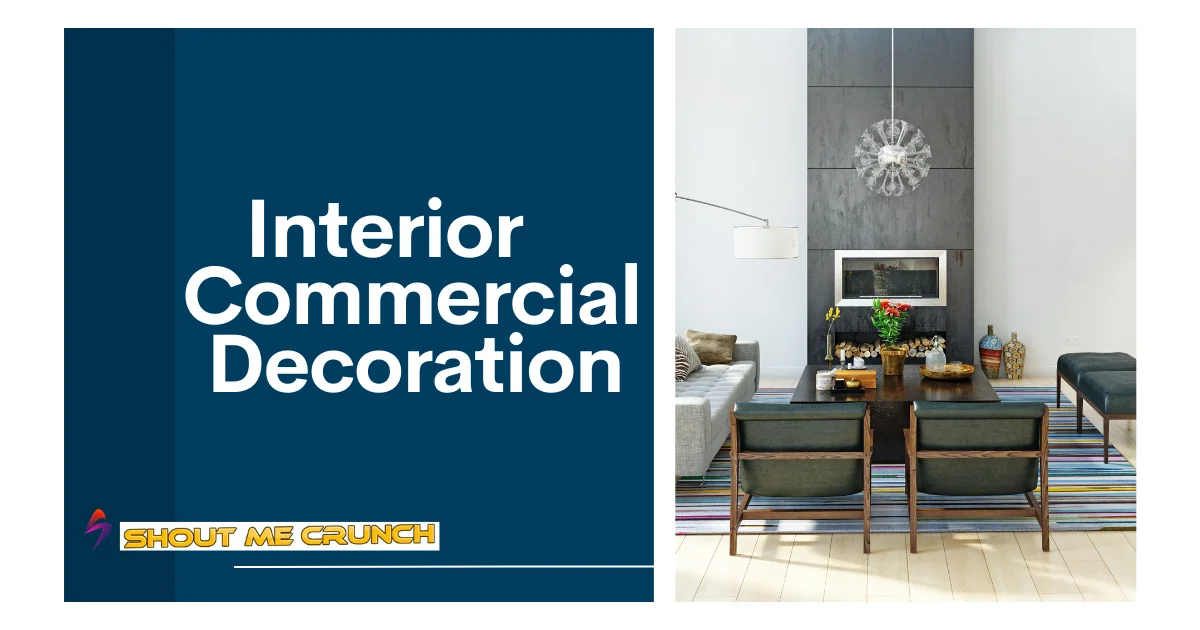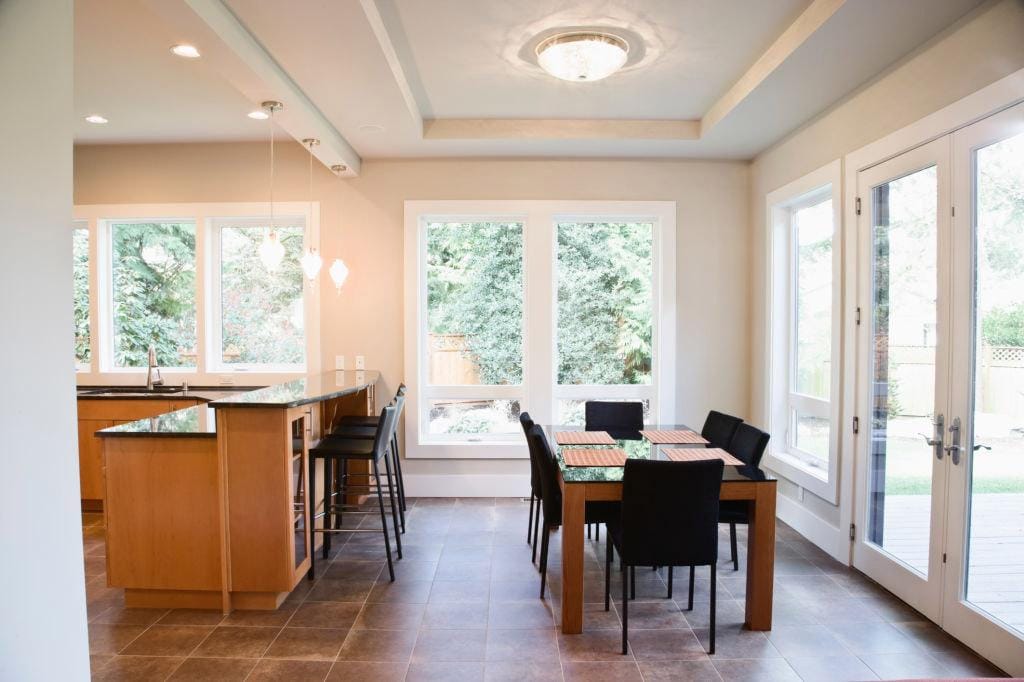Interior commercial decorating necessitates rigorous planning, precision, and equipment to transform a bland area into a professional and pleasant company setting. That makes your room more professional. Whether it’s a boutique, office, or restaurant, a commercial location’s ambiance may significantly impact client perceptions and employee satisfaction. This article guides the essential items for completing various commercial interior decorating projects. Let’s start the discussion.
How to Design Commercial Interior?
Of course! A significant commercial interior design strikes a careful balance between practicality and beauty. Decoration is the main thing. This is an explanation:
The function of the place and how people use it are given priority. Everyone wants a unique interior decoration. This includes things like how furniture is arranged for privacy or collaboration, how traffic moves, and how ergonomics are considered for worker comfort. According to their need, consider the decoration plan.
The space’s aesthetics include its appearance, which should be consistent with your brand. You have to design decorations depending on your room’s furniture. Consider aspects such as materials, lighting, textures, and color palettes to create the required ambiance. The focus and efficiency required in a professional office may differ from the warm atmosphere needed for a retail setting. You might only sometimes find perfect tools for decoration.

Ultimately, you can create a commercial interior that serves the unique requirements of your business and its consumers. It looks attractive by taking both function and aesthetics into account. You can also plan interior design for your office or home.
What are the Basics of Commercial Interior Design?
Understanding the customer’s demands and corporate identity is the cornerstone of business interior design. Discussions regarding the area’s goal, the intended user base, and the preferred work style are part of this preliminary stage. You have to communicate and understand customers’ needs. For example, a legal company would need a more traditional layout with private offices. A high-tech startup might need a modern, open-floor design to facilitate collaboration. You have to be attentive in your work.
Commercial interior designers take a client’s well-defined vision. Turn it into guiding concepts that define the space. It is the first task for a professional interior designer. The layout must be functional to maximize throughput and accommodate the required furniture and equipment. Equally crucial is aesthetics. You only have to maintain the decoration policy. Designers use color palettes, textures, and lighting to create aesthetically pleasing environments consistent with the brand’s image. Commercial interior design turns a space into an effective instrument for company success by emphasizing utility and beauty while attending to the customers’ unique needs. Try to decorate your room with a professional look.
What are the Types of Commercial Decoration?
Numerous specific professions fall under the umbrella of commercial decoration. Each serves a different function. Let’s discuss the type of interior decoration. These are the five main categories:
Office Spaces:
These layouts emphasize ergonomics and practicality to promote teamwork and productivity. A professional expert is needed for office decoration. Key components include well-designed conference spaces, spacious floor plans, and cozy workstations.

Retail spaces:
The aim here is to create a fun and interesting shopping environment. Multiple stationery needs this type of interior. A store’s visual merchandising, traffic movement, and product display methods all contribute to drawing in customers and increasing sales.
Hospitality Venues:
Restaurants and hotels try to offer a memorable experience. This may require more or less space. Through thoughtful furniture placement, lighting, and décor that captures the essence of the business, designers create hospitable environments.
Healthcare Facilities:
It’s essential to strike a balance between patient comfort and functionality. It gives a calm and peaceful decoration. With characteristics like accessible features, soothing aesthetics, and prominent wayfinding signage, the design should support creating a healing environment. That helps to keep a relaxed mind.
Educational Institutions:
These places need to support growth and learning. The decoration is straightforward. Classrooms can accommodate various teaching philosophies with flexible furniture configurations. Although quiet study spaces and natural light are given priority in libraries, some places, like an auditorium or sports room, have a professional look.
Expert Picks: Essentials Interior Design Tools
1. Design and Planning Tools
Software
- CAD Software: Computer-Aided Design (CAD) software is crucial for creating detailed layouts and visualizing the design concept. Programs like AutoCAD and SketchUp allow decorators to plan spaces, manage dimensions accurately, and make adjustments before any physical work begins.
- Color Matching Tools: Software like Adobe Color can help decorators create color palettes that enhance the aesthetics of a space while aligning with a company’s branding.
Measuring Tools
- Laser Distance Measurer: For large commercial spaces, a laser distance measurer can quickly and accurately measure room sizes and distances between fixtures.
- Tape Measure: A retractable tape measure is important for smaller and detailed measurements.
- Level: Ensuring everything from shelving to art installations are perfectly horizontal or vertical is crucial, making levels (laser or traditional bubble) indispensable.
2. Surface Preparation Tools
Cleaning Equipment
- Heavy-duty Vacuum Cleaners and Steam Cleaners: Before any decorating begins, it’s vital to have a clean surface. These tools help to remove dirt and grime from carpets, flooring, and upholstery.
- Pressure Washers: For harder surfaces, a pressure washer can prepare exterior walls and floors by removing old paint, dirt, and other residues.
Repair and Smoothing Tools
- Sanders: Electric sanders are used to smooth out walls and wood surfaces, preparing them for painting or finishing.
- Putty Knives and Spackling Paste: For filling holes, cracks, and smoothing out imperfections on walls.
- Caulking Guns: Used for sealing joints and gaps, particularly around windows and doors, to give a finished look.

3. Painting and Finishing Tools
Paint Application Tools
- Paint Sprayers: For large areas, paint sprayers can substantially speed up the painting process and provide a smooth finish.
- Rollers and Brushes: Various sizes of rollers and brushes are needed for different surfaces and finer details.
- Paint Trays and Mixing Tools: Essential for handling and preparing paint. Hiring https://www.lukekushspainting.com/interior-painting-commercial-industrial/ ensures the paint work is completed to the highest standard.
Protective Gear and Materials
- Drop Cloths: To protect floors and furniture from paint spills and splatter.
- Painter’s Tape: For clean edges and protecting areas that should not be painted.
- Safety Equipment: Respirators, gloves, and goggles are necessary to protect against fumes and splashes.
4. Installation and Assembly Tools
Hand and Power Tools
- Drills and Impact Drivers: For assembling furniture, installing fixtures, and securing fittings with precision.
- Screwdrivers, Hammers, and Wrenches: Essential for various assembly and installation tasks.
Lifting and Moving Equipment
- Hand Trucks and Dollies: These are critical for safely moving heavy items like furniture and large decor pieces without causing damage to the items or the decorators.
5. Lighting and Electrical Tools
Electrical Tools
- Voltage Testers and Multimeters: Safety tools for checking electrical connections and ensuring they are safe to handle during the installation of lighting fixtures and electronics.
- Wire Strippers and Pliers: Necessary for any electrical work involved in lighting installations.

6. Decorative Enhancements
Art Installation Tools
- Picture Hanging Kits: These kits contain all necessary hardware for securely hanging artwork and mirrors.
- Level: Ensures that all decorative pieces are hung straight.
Conclusion
Equipping yourself with the appropriate tools is critical for any interior commercial decorating endeavor. From the early planning to the finishing touches, having the right tools increases efficiency and ensures high-quality outcomes. Decoration quality depends on the design tools. Whether renovating an existing office or opening a new retail location, these tools assist expert decorators in achieving a polished design. It reflects the company’s brand while still meeting practical requirements. You have to handle the overall condition.


